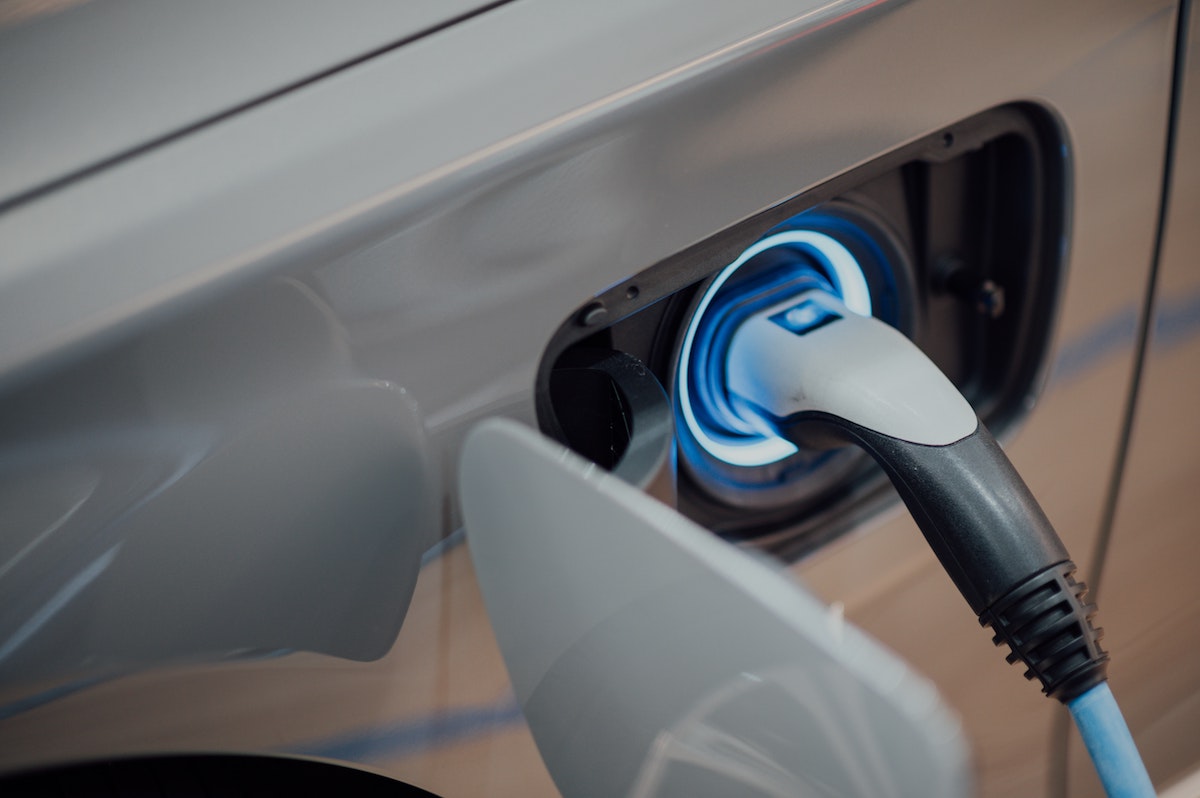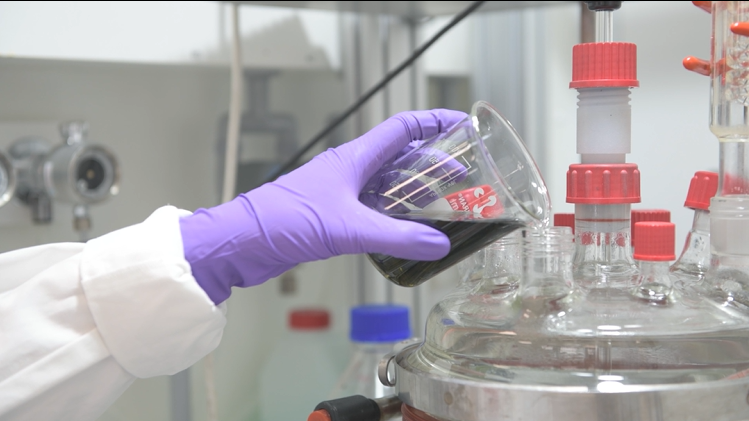Article — 16 Sep 2020
Despite the lockdown and decreasing car sales, electric vehicles are on the increase. Europe doesn’t want to miss the moment and is boosting the research on technologies that can make electric mobility more efficient such as new Lithium-ion batteries
As expected, car sales have decreased world-wide as a consequence of the Covid-19 pandemic. The European Automobile Manufacturers Association (ACEA) reports that sales of diesel passenger cars during the second quarter, April to June 2020, decreased by over 53 percent, while the sales of petrol cars plummeted by 55 percent. But surprisingly, during the same period, ACEA reports that more than 129,000 electric vehicles (EVs) were sold, reflecting a jump by over 53 percent.
Carlo Marzetti, Florence-based founder and chief-editor of the Italian online magazine Auto21 is not surprised. These figures have convinced him that people are increasingly adopting electric vehicles: “Two factors play a role, emissions and subsidies,” says Marzetti. “With the new emissions regulation, manufacturers have to offer more electric models and this is the first factor for the success of the EV market in 2020. Right now there are 38 EV models for the European market, both private and professional, while a year ago we had a choice of 27,” he says.
Government incentives are also important for a niche market. “In Germany, up until two months ago the purchase of a fully electric low-priced car was subsidised with 3,000 Euros. Now the subsidy is three times that amount, which is a huge incentive, even for people not specifically interested in green technologies,” says Marzetti.
Other reasons also explain this sudden interest: technological development has reached a point where large-scale manufacture becomes possible and charging points are becoming increasingly available on motorways and in cities, although this availability can vary substantially in different countries. For example, Marzetti cites the motorways in Italy that are owned by Autostrade, where public charging points are less available, discouraging long journeys.
Another obstacle is the price, ranging from 0.45 Euro to 0.50 Euro per kWh for low-power and fast high-power charging points on the Autostrade motorways. Marzetti makes his point with a simple calculation: “Take 100 kilometres with the Renault Zoe, a typical city car. Zoe can cover 5 km per kWh, so at 0.45 Euro per kWh you spend 9 Euro for 100 kilometres. This will not encourage you to buy a new electric car; with a diesel car you will spend about the same amount.” The situation, however, is different for people living in homes with space that allows them to plug in their car overnight to a home charging point, or for those working in companies with their own charging points, making a full charge substantially cheaper, explains Marzetti.
New Technologies
Range anxiety is another bugbear affecting public interest in electric cars. Although a full petrol tank allows you to travel, for example, 600 km, one battery charge typically limits the range to about 70 percent. However, there are strong indications that improvements in batteries and electric motors will change this situation. Marzetti is convinced: “After subsidies and emission regulation, technology will be the next factor in creating a larger market for electric cars.”
Research on increasing the charge capacity of batteries is now a world-wide activity, with large numbers of possible new battery technologies under investigation. The EU project ASTRABAT aims to develop a new efficient lithium-ion battery, stimulate the widespread adoption of electric mobility by the public and streamline the manufacture of batteries and EVs by Europe’s industry. In particular, the project is studying an all-solid-state electrolyte as an alternative to liquid electrolytes, which are commonly used for the lithium-ion batteries of smartphones, laptops and electric vehicles.
Solid state batteries represent the next generation of power storage. A battery’s electrolyte allows the flow of lithium ions between the anode and cathode. Using a solid electrolyte can provide a smaller size with higher energy density, longer lifespan, and increased safety.
The researchers will design a prototype battery, assess its environmental impact and calculate the financial benefits. The project is led by France’s Alternative Energies and Atomic Energy Commission (CEA) and involves 14 research facilities and companies. One of the members is Elaphe, based in Ljubljana, Slovenia, a world leader in designing electric in-wheel hub motors. Gorazd Lampič, CEO of the company, says: “During the Covid-19 lockdown, media attention may have turned away from a purely economic outlook to embrace ‘quality of life’ and the environment, which had often been taken for granted. People had more time to reflect and absorb this, thus making positive EV purchase decisions.”
Speaking about step-change advances with batteries, Lampič says: “You have to take into account a combination of parameters, such as manufacturability, energy and power density, thermal stability, life cycle and, of course, costs. There are a lot of different chemistries and a lot of cathode and anode material combinations being developed. And with batteries, like anything else in the automotive sector, you need to look at the costs and manufacturability.”
Manufacturers will also have to be careful in adopting this new generation of batteries. Lampič explains: “What you are looking for in cars is something for final consumers, you are looking for things that will last a long time, that can be recycled, that will be cheap to produce and very very safe.”
Car batteries with larger charging capacities will resolve one of the obstacles to a larger EV market, Marzetti adds: “If you have a compact electric car with a 600-km range, even the sceptical customers will be convinced. Customers driving to a ski resort in winter or to the south in summer will become confident they won’t end up stranded on the way, waiting for a tow truck.”
The role of the Covid-19 pandemic in the recent upturn in the sale of electric vehicles remains an open question, but the fact that the market has not been affected by lockdown augurs well for a shining future for the sector and the environment, especially in cities.
By Alexander Hellemans
Cover image by chuttersnap on Unsplash



